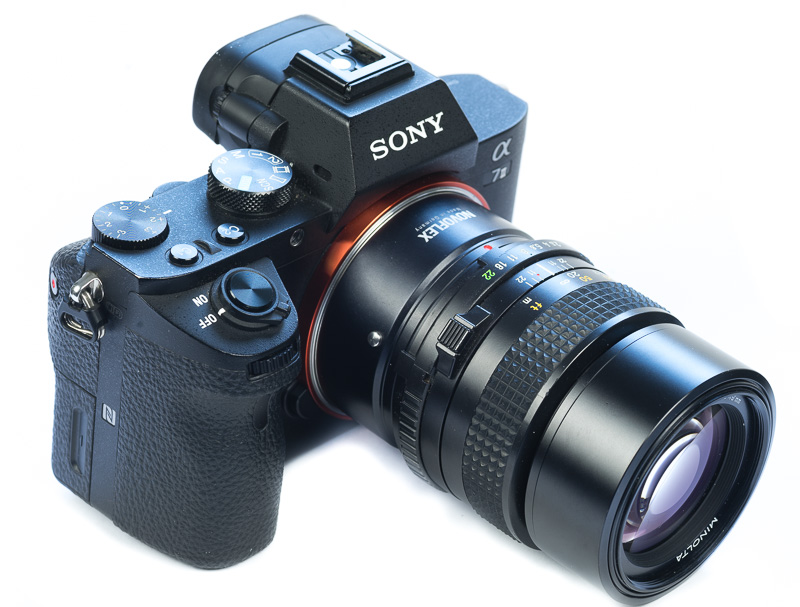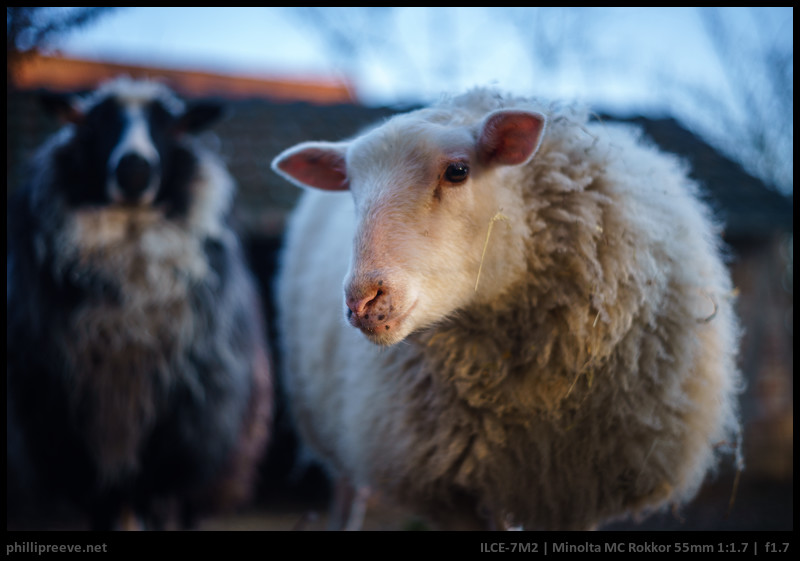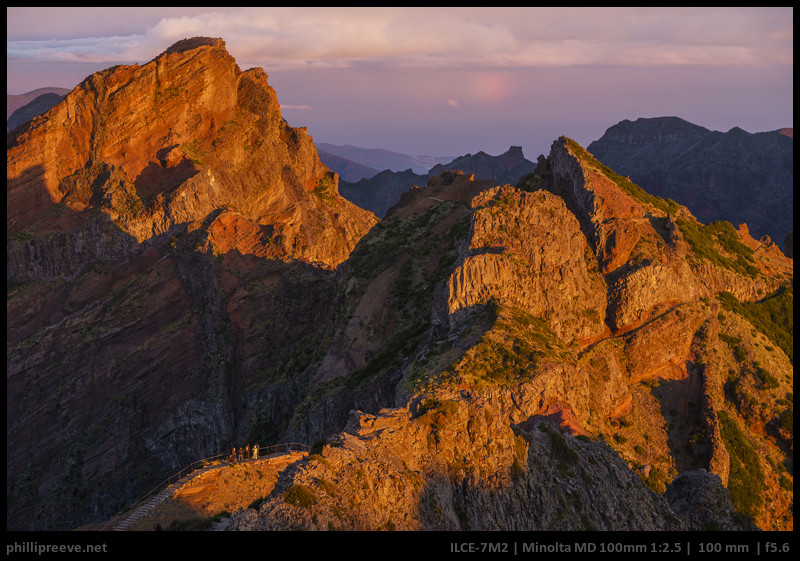Introduction
There’s a gap in the Sony FE lens lineup that I find particularly irksome. There’s no AF 200mm f2.8. I don’t know when one will come either, because this is not a popular set of specifications. The lens makers think that you will buy a 2.8/70-200 zoom. But not only are they very expensive, they are very large and heavy. I would personally never carry one for the work I do, though of course many do, and many pros need to.
So what to do if that fast zoom is too heavy or expensive? I decided to have a look at a venerable and highly regarded Canon L series prime lens, the EF 2.8/200 L II. Adapted lenses work better than ever on the A7rIII, so it seemed like a good time to try it. Will it fill the gap, or should I be hoping for a Batis or Sony G?
A Few Samples
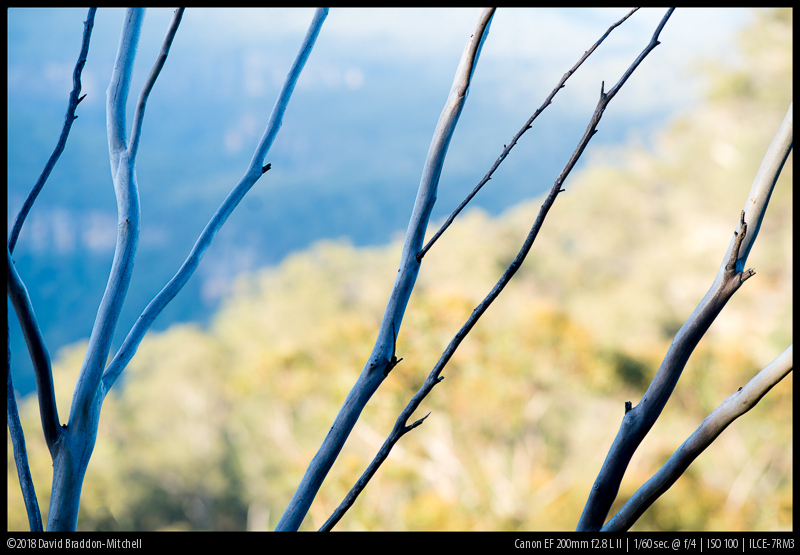
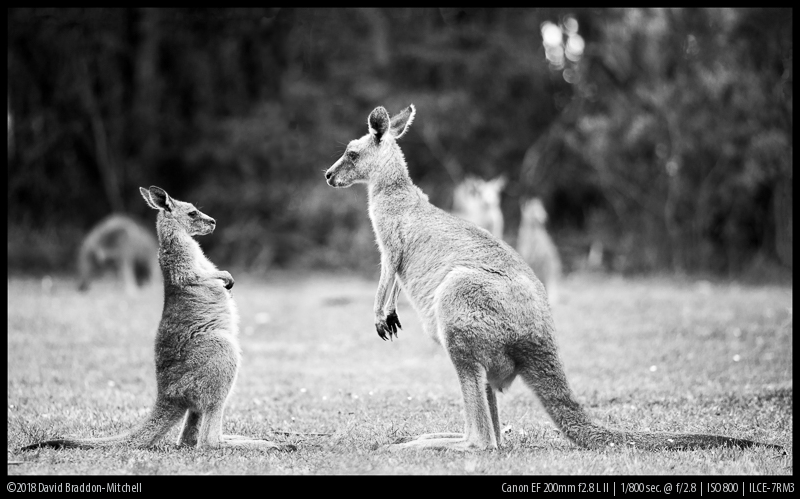
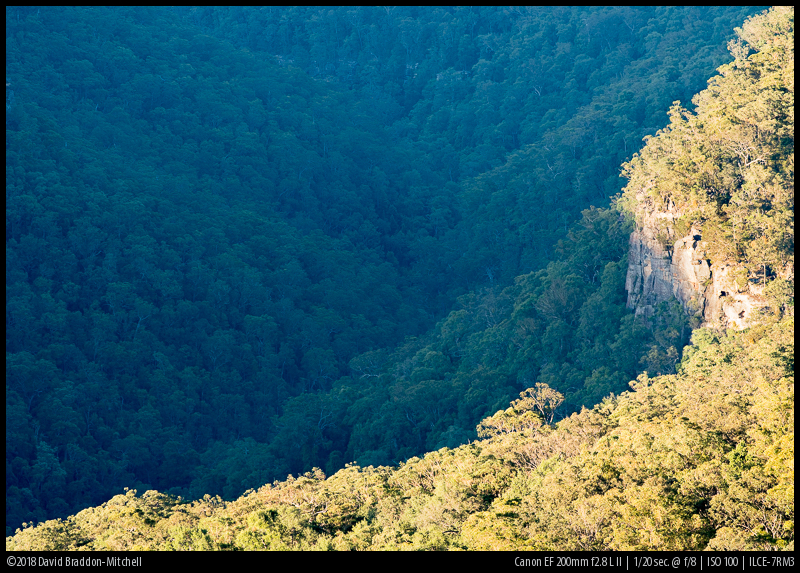
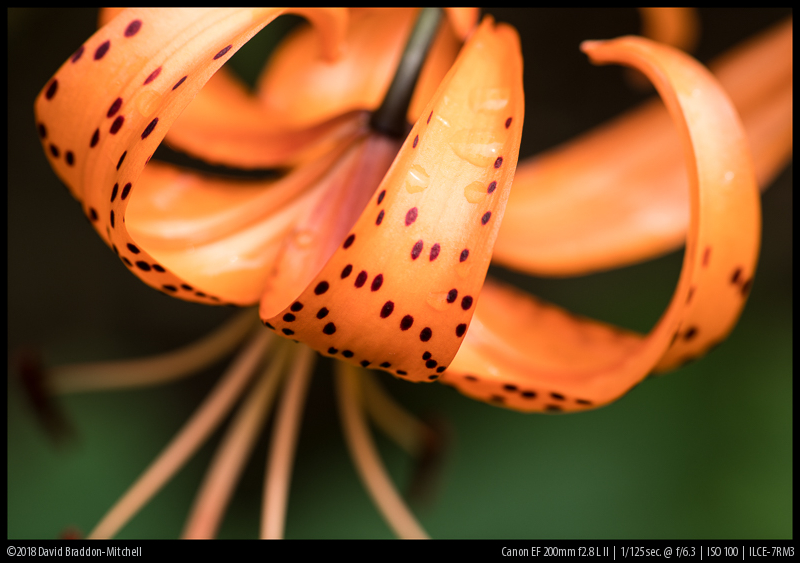
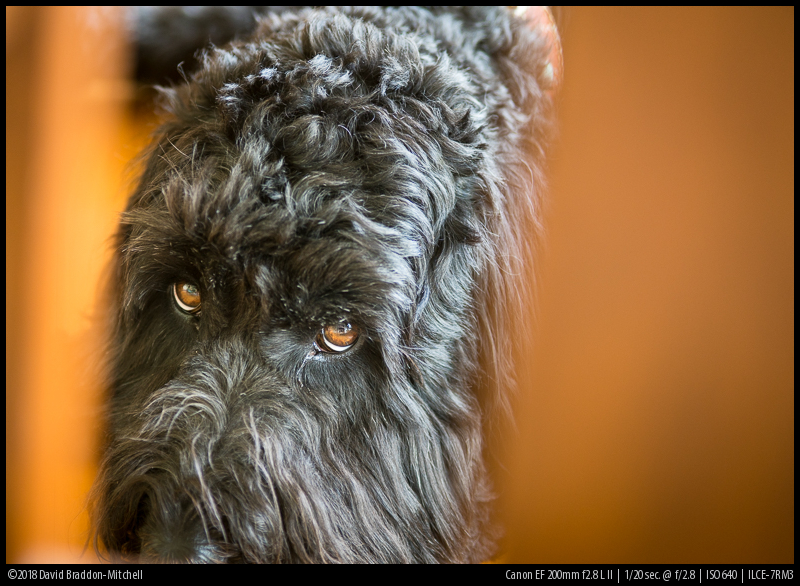
Continue reading Review: Canon EF 2.8/200 L II on Sony a7rIII

